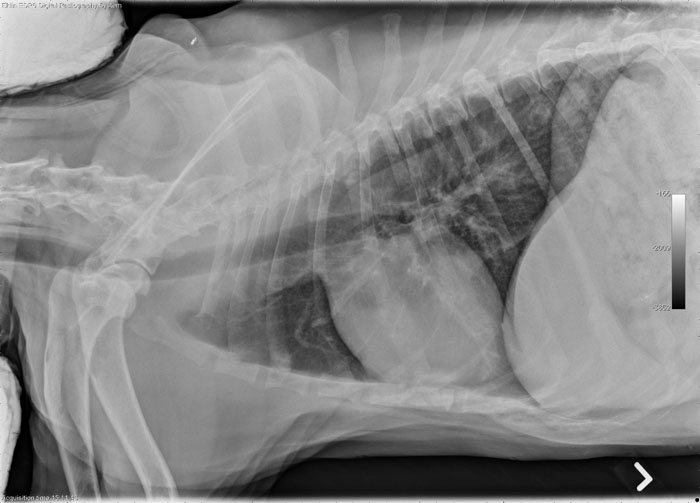
As pet owners, we want to do everything we can to keep our furry friends healthy and happy. Radiology is one tool that veterinarians use to diagnose and treat a variety of conditions in dogs and cats. From X-rays to ultrasounds, radiology plays a crucial role in the care of our pets.In this ultimate guide of Dogs and Cats Radiology, we’ll cover everything you need to know about the various types of imaging techniques used in veterinary medicine. We’ll explore how these techniques work, what conditions they can detect, and what to expect if your pet needs a radiological exam. Whether you’re a veterinarian looking to brush up on your knowledge or a pet owner seeking information on what to expect during a radiological exam, this guide has got you covered. So let’s dive into the world of dogs and cats radiology!
Radiology plays an important role in the diagnosis and treatment of many medical conditions in both dogs and cats. From fractures to cancer, radiology can help veterinarians identify issues that may not be visible on the surface.In this ultimate guide, we’ll explore everything you need to know about dogs and cats radiology. We’ll cover the different types of imaging technologies available, including X-rays, ultrasounds, and MRI scans. We’ll also discuss how these technologies work and what they can reveal about your pet’s health. Finally, we’ll provide tips on how to prepare your furry friend for their radiology appointment so that the process is as smooth and stress-free as possible. So if you’re a pet owner looking to better understand Dogs and Cats Radiology, this guide is for you!
Dogs and Cats Radiology

The Doctor and assistant wear protective lead lined gloves and aprons. Occasional exposure to diagnostic x-rays is not hazardous but for someone who is utilizing x-ray equipment repeatedly, day after day,  protection from unnecessary radiation is very important.
protection from unnecessary radiation is very important.
X-rays are used in a variety of cases. They are vital in detecting bone fractures, bladder stones, and for finding and assessing tumors. They can be helpful in locating foreign material such as swallowed fishhooks and safety pins. They are used to aid in decision making regarding Cesarean Section surgery by allowing the surgeon to actually see the size and number of fetuses present.
In order to have a quality x-ray film the subject must be motionless for the fraction of a second the exposure it occurring. Some cats and dogs are very cooperative and others will need sedation to calm them for the procedure. And other special situations require that the dog or cat be completely relaxed for a particular view or procedure…and that means a light anesthetic is required. Here in the x-ray room we will show you some interesting x-rays and brief descriptions of patients who benefited from the use of the x-ray machine. And the things that dogs and cats eat!!! We will show you some of the rocks, nails, bones, and toys that end up in the stomachs of our pets.
Radiology is an important tool for diagnosing and treating various health conditions in dogs and cats. With the help of advanced imaging techniques, veterinarians can get a clear picture of what’s going on inside your pet’s body. Whether it’s a broken bone or an internal issue, radiology can provide valuable insights that can help guide treatment decisions. If you found this guide helpful, please let us know in the comments below. We would love to hear about your experiences with radiology and how it has helped your furry friends.
Frequently Asked Questions
What type of ray is CAT scan?
Ionising radiation is produced by all x-rays, which are used in CT scans. In live tissue, ionising radiation may have a biological impact.
What is a radiographic study for dogs?
The most typical type of imaging utilised by veterinarians is X-rays, usually referred to as radiographs. An x-ray entails exposing your pet to an x-ray beam and photographing how the rays are distributed inside of your pet. They are especially helpful in the diagnosis of pneumonia, arthritis, and fractures.
What are the three types of radiographs?
Today’s dental clinics capture three different types of diagnostic radiographs: periapical (also known as intraoral or wall-mounted), panoramic, and cephalometric.






